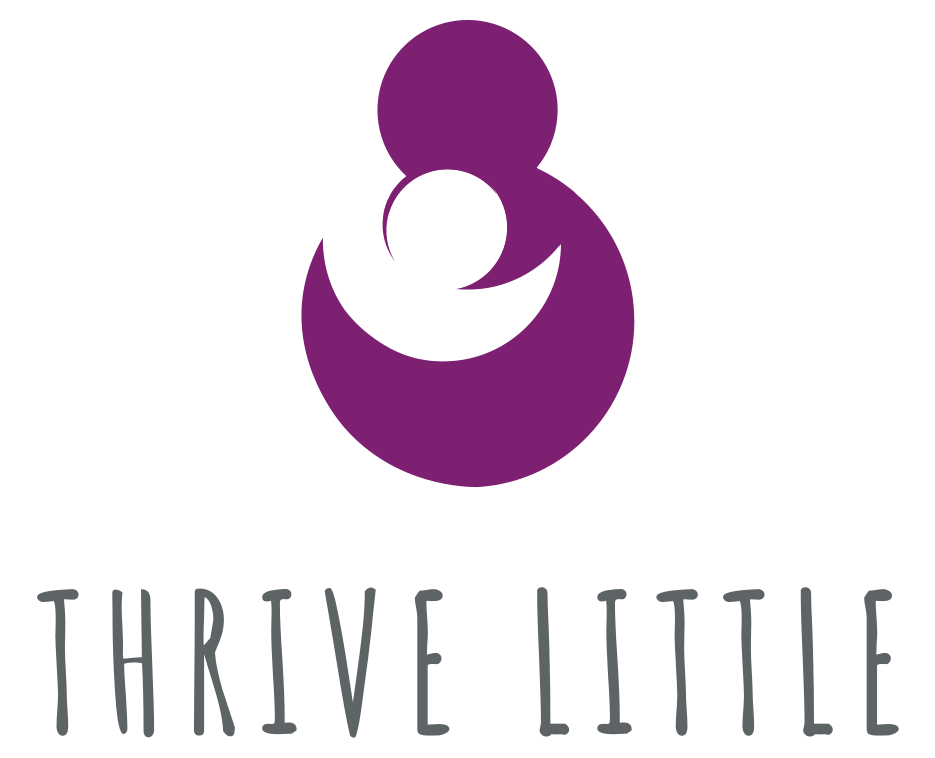Babies refusing to hold their own bottle is common! One possible reason baby is refusing to hold their bottle may surprise you! Keep reading to explore the possibilities.
Age Babies Begin to Hold Their Bottle
Very young babies may place their hands near or on the bottle, as early as 3-4 months of age. But the bottle will probably be too heavy for them to hold until they are closer to 5 or 6 months, at the earliest. Depending on the size of the bottle and volume of liquid inside it, they may be closer to 9-10 months before they can really hold it up for an entire feeding.

Reasons Baby Is Not Holding Their Bottle
Upper body weakness may be one possible reason baby is not yet holding their bottle. If baby is able to hold other toys and objects that weigh a 1/2 pound or more and bring them to their mouth without issue, then it probably is not a strength issue.
Delayed motor skill coordination is another possible contributor to difficulty holding a bottle. Baby has to use both hands together in a coordinated way to bring the bottle to their mouth to feed.
Another reason could be…they don’t want to! Bottle feeding is a source of comfort for babies. The action of sucking while their tummy gets filled is soothing to them. Babies usually love being held by their favorite person (you!) and nurtured in this way. That’s a lot to give up just to feed themselves independently.
Plus, they probably know you will just do it for them if they refuse and it’s 100% okay to continue to do that. Don’t feel like you have to force it, some babies never hold their bottle but go on to hold a cup without any issues.
If your baby will hold a cup and drink from it but refuses to hold their bottle, I think that tells you all you need to know! If this is the case, I would not worry too much about it. Sure you can work on trying to build this skill (and I have tips for you below), but I would not lose any sleep over it.
It is recommended to transition off the bottle around age 1 anyway, so maybe it would be best just to focus on their independence with cup drinking if they don’t want to hold their bottle. We have articles on teaching open cup and straw drinking to help you with this process. You can start around 6 months if baby is sitting pretty well on their own.
If you do want to try a few things to help your baby hold their bottle, keep reading for ideas.
How to Help Baby Hold Their Own Bottle
Put less liquid in the bottle
Start with 1-2ozs in the bottle to reduce the weight baby has to hold.

Use a smaller bottle
The bigger the bottle is, the harder it may be too hold. Dr. Brown’s sells 2oz bottles and 4 oz bottles which are lightweight and narrow, making it easier for baby to hold. Narrow bottles like these may be easier to hold than wide based bottles, because baby can get their hand somewhat around it for a better grip.

If you have any leftover breastmilk collection bottles with nipples from the hospital, these are a great size for baby to hold. You can also often find small 4-6oz bottles at the dollar store, which is an inexpensive option.
Put baby’s favorite liquid in the bottle
If baby has started to drink water and really likes it, that could be a good option to try. If they are a little older you could also try adding a splash of juice to increase acceptance. However, don’t be surprised if baby will drink water or juice from the bottle independently but still refuse to hold bottles with milk! Babies are smart.
Work on upper body strengthening
Tummy time and crawling are the best exercises for upper body strengthening. Letting baby spend lots of time on the floor is important for many areas of development! Read our article about Floor Play for more info. If baby cries during tummy time, we have an article to help you decrease those tears!
Working on upper body strengthening can help if you suspect weakness to be an underlying issue.

Practice other bilateral activities
Bilateral coordination is a skill that requires both sides of the body to work well together in a coordinated way. This skill is necessary for baby to hold their own bottle. Try practicing other bilateral activities to improve this skill.
Bilateral activity ideas:
- Holding a toy in either hand at the same time
- Holding a small board book with both hands
- Clapping hands together
- Banging toys together
- Pulling toys apart (such as mega blocks or pop beads)

Products to help baby hold their bottle
There are several brands that sell bottle handles you can attach to the bottle. This can make the bottle easier to hold. Dr. Brown’s sells a great one that fits most narrow bottles.

This bottle holder by OgoBolli doubles as a teether which is a convenient idea.

Remember, it’s okay if you try working on this skill and baby just won’t have it! If you’re ready to move onto a cup, check out our article featuring the Best Cups for Babies and Toddlers.
This post contains affiliate links

Why Floor Play is Important for Babies

